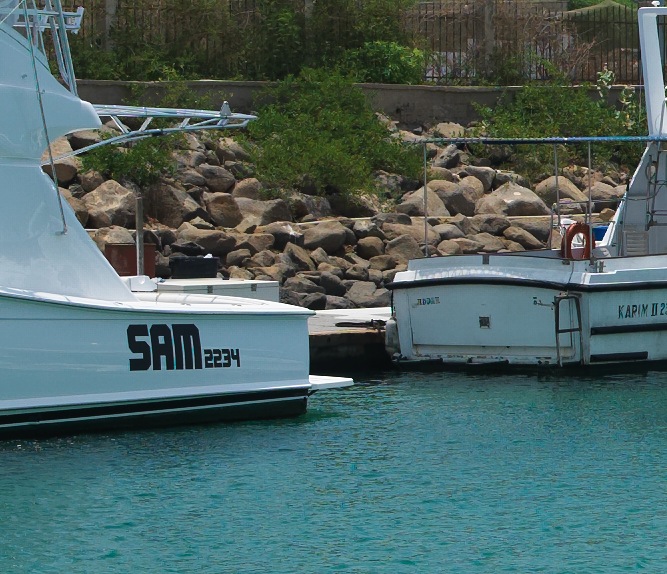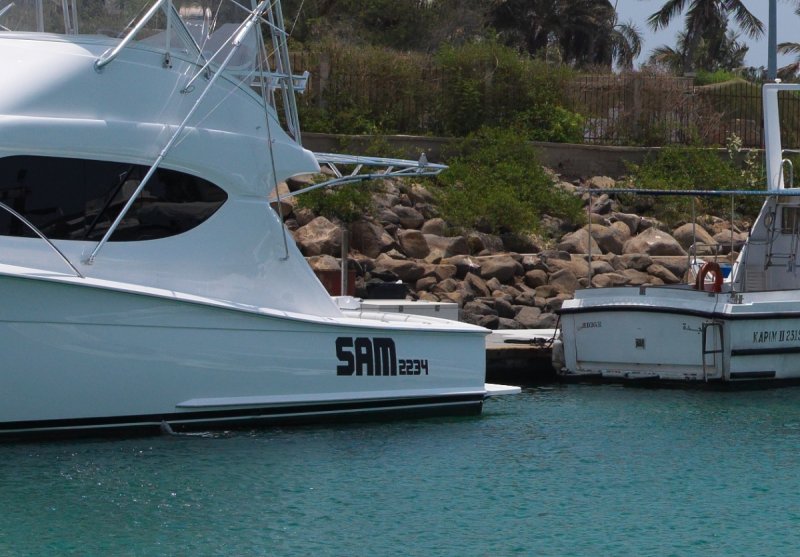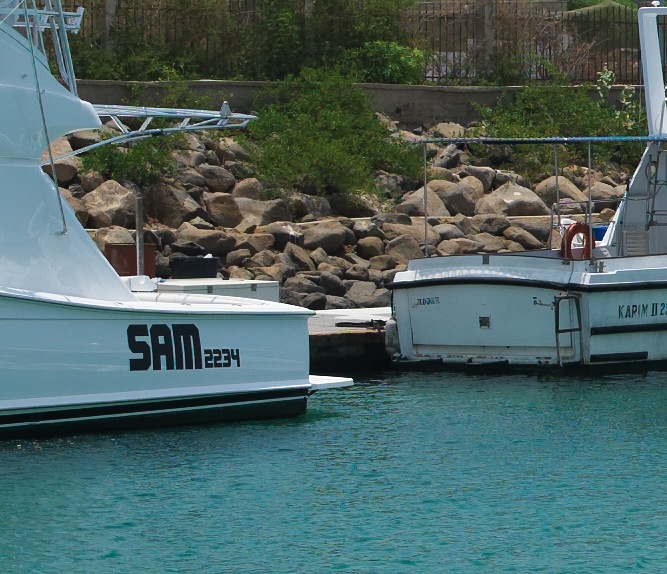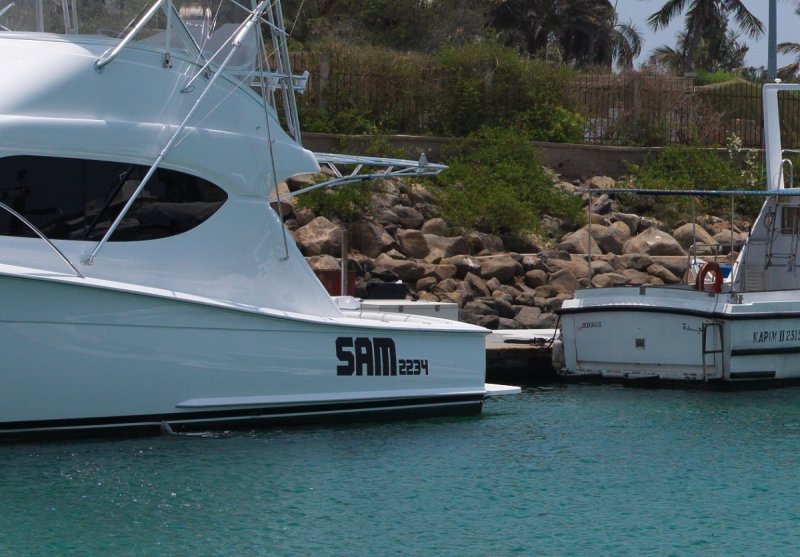Thank you, Saad for the helpful observations! Thank you for taking the time to do the write-up.
The color differences could be coming from anywhere--the sensors may have different sensel filters, native color space, analog characteristics and/or ADC's. Plus, Phocus may have a different software path depending on the file being developed, so yes it is very difficult to say. It's even likely that ALL of these things are different, thus making it a minor miracle that the colors are even close!

Still, I have found that the 'default' color provided by manufacturer's software applications is usually excellent. That being said, those colors are indeed arbitrary--they are someone's (hopefully expert) opinion of what 'good' color is. In many applications, there is a way to tweak the 'default' color setting to save time and reduce repetition (but I haven't yet played with Phocus enough).
One thing to consider is that when viewing a CFV-39 at 1:1, on, say, a 2MP monitor, you are looking at ~5% of the image (2MP out of 39). When viewing a CFV-16 at 1:1 on the same 2MP monitor, you are looking at ~ 12% of the image (2MP out of 16). Or put another way, you are effectively using a higher power loupe on a higher resolution sensor. You will see the flaws much more readily under the increased magnification. It is interesting to note that despite this, your overall conclusion is that the CFV's individual pixel quality holds its own against the fat pixels of the CFV-16. Perhaps newer techniques are being used in the CFV-39 to partially offset the smaller pixels (and lower SNR).
In actuality the sensors are different sizes, so this isn't the whole story--taking into account the CFV-16's smaller physical size, the CFV-39 at 1:1 is showing about 7% of the image vs. the CFV-16's 12%.
Bottom line is that 1:1 on a CFV-39 is at least 70% more effective magnification than showing 1:1 on a CFV-16, which is quite a bit! Don't be too disappointed if you see more flaws, more lens abberations, etc., because you are looking 70% harder!

(The fact that you saw only slightly more noise and
less CA is quite remarkable, actually.)
If you have raws you would like to share, please PM me--I'll be happy to have you e-mail them to me, and I will make them available to folks.
I just bought a 50 FE and a 150 FE, and am definitely chomping at the bit to receive my back...

Hopefully more of us can join your ranks soon, Saad!
Best regards,
-Brad
 Hopefully more of us can join your ranks soon, Saad!
Hopefully more of us can join your ranks soon, Saad!


